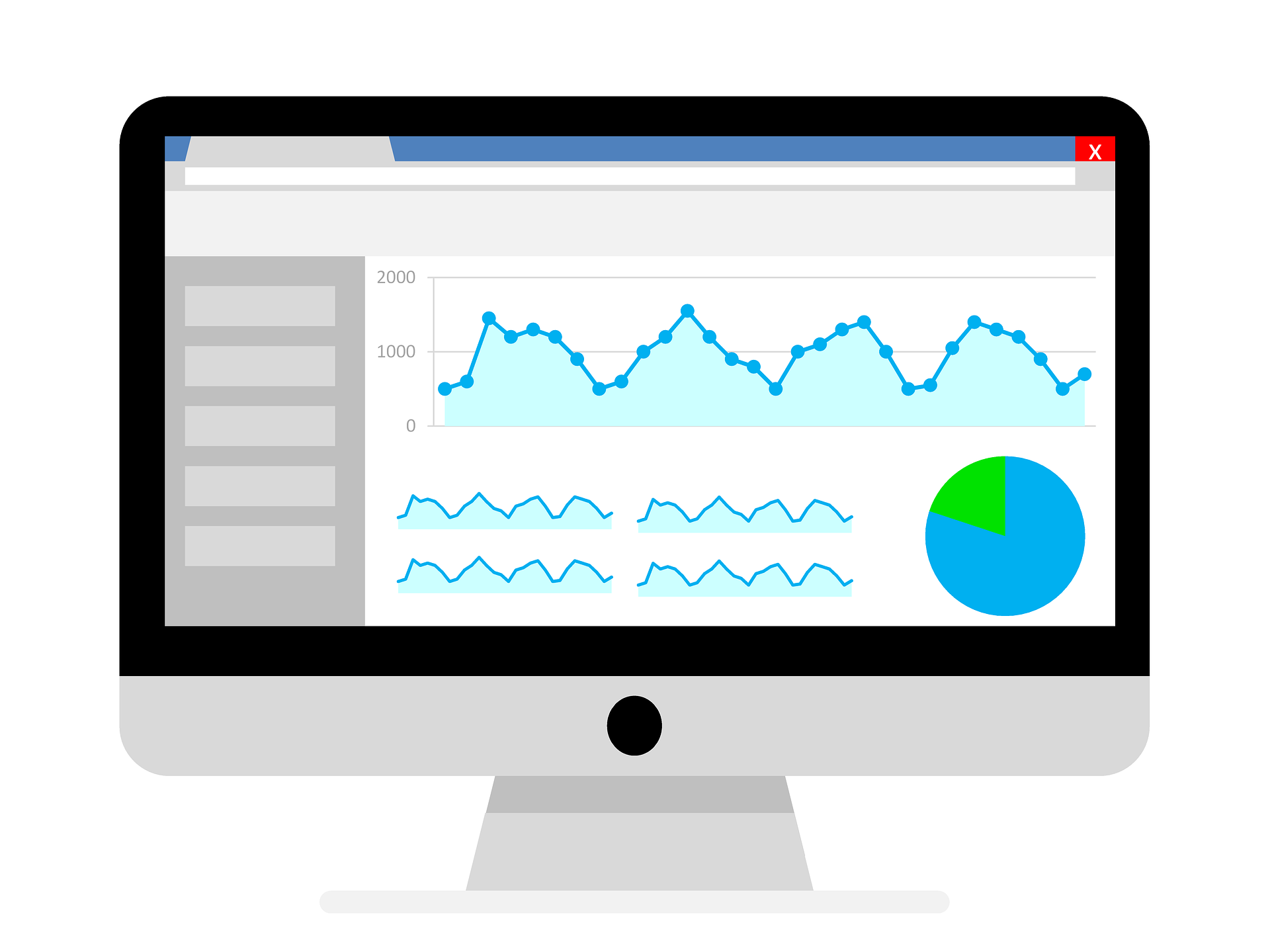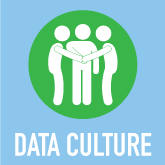Author: Haidee Bernstein, DaSy

This is the first of a two-part blog. The main goals of these blogs are to (1) promote a greater understanding of what it means to have a data culture and (2) let you know where to find information about creating a data culture.
| It’s another day at work, and today I’m meeting with my team to look at the number of children exiting our state’s early intervention program. Yesterday, I worked with a local district to review its IFSP timelines. I spend a lot of time every day looking at or talking about data on the children, providers, and/or referral sources involved in our program at either the state or the local level. These are real people with real life stories, but they also supply the data I need to determine how well our program is working and to inform my decisions and ultimately my agency’s policies and procedures. I am immersed in our program’s data, but I am not sure that means our organization has a “data culture.”— Suzy Sample, Coordinator |
Suzy is not alone in wondering what it means to have a data culture in her organization and how it relates to the good work she and her colleagues are doing every day. So, what does data culture mean, and how do you know if you are immersed in one?
Being immersed in a strong data culture supports routinely going beyond a hunch or a feeling and intentionally using data to explore and investigate the hunch or feeling. It involves starting with critical questions that you want to answer using data and exploring how the information gleaned from those data can inform important decisions. In small localities, that might mean taking a deeper dive into data on a handful of children using a case study type of approach; in large localities, that might mean a higher level look at a few different subgroups or variables. Ultimately, the data analysis and exploration will raise new questions system-wide that can be explored and new data analyzed. Like Suzy, looking at the big picture (e.g., statewide) in combination with what’s happening in smaller units (e.g., localities) is common in organizations that demonstrate a culture of data use.
As professionals we are constantly seeking to improve, so how might Suzy improve her organization’s data culture?
- Suzy might consider assembling a team to regularly review program data and discuss any findings. Reviews should not be done solo, as collaborating with others to share input and insight on the data being reviewed is key to establishing a strong data culture.
- As Suzy convenes her data team, she should be sure to address its purpose and share a vision of how the data the team reviews might be used in decision-making. The Teaming for Data Use section of DaSy’s Data Culture Toolkit can help Suzy get started with identifying members of a data team and support her in developing a purpose and processes for the group.
- As Suzy’s team members work together, they will also want to think about how they plan to share any findings and subsequent products/reports with stakeholders.
- Leadership buy-in and support are critical to ensure Suzy’s success. When leadership buys into a data use culture, they promote a shared vision for data use, lead by example, and support programmatic data use efforts.
You may be in a very different place than Suzy in terms of your organization’s data culture. Not to worry! The Data Culture Toolkit contains other resources to help you assess your data use culture, prioritize critical questions to answer using data, and evaluate and improve data quality.
Building a data culture will take time and energy but will be worth it because you will find that you have a better idea of how your program is doing and you will make better decisions to improve services and ultimately outcomes for children and families.
If you have any questions regarding data culture or the Data Culture Toolkit, please contact DaSy.


